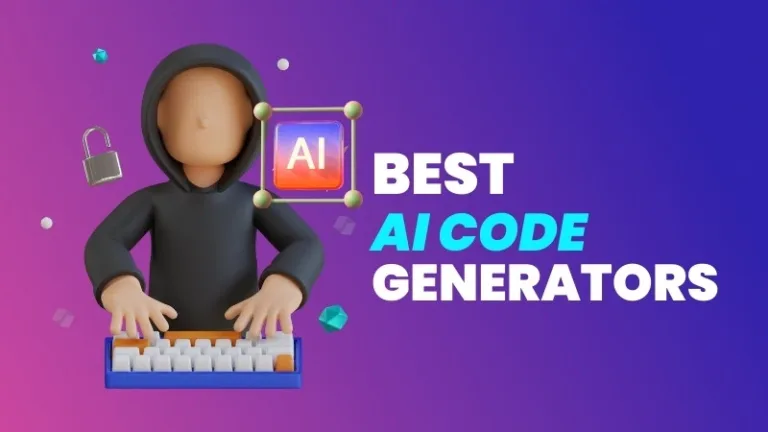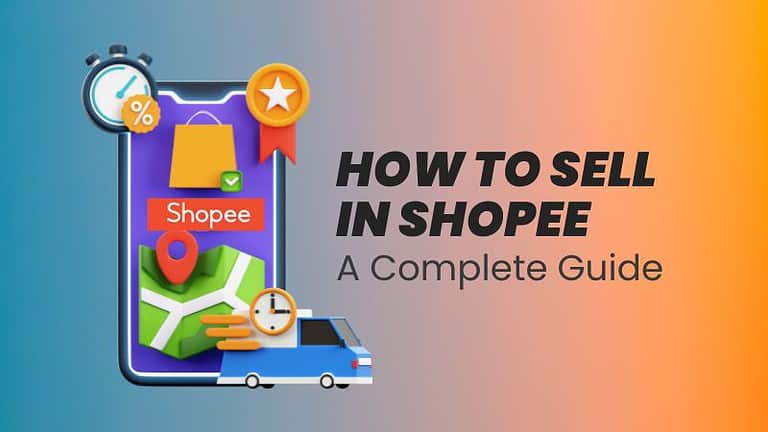How to make a living as a Digital Solopreneur
So, you want to ditch the 9-to-5 grind, fire your boss (politely, of course), and make a living as a…

So, you want to ditch the 9-to-5 grind, fire your boss (politely, of course), and make a living as a full-time digital solopreneur?
Well, grab a coffee, settle in, and let me walk you through this rewarding, and sometimes chaotic journey of making a living online without a team, a fancy office, or a soul-crushing commute.
I’ve been there, done that, and trust me, it’s a rollercoaster ride.
But with the right mindset, strategy, and a sprinkle of caffeine-fueled determination, you can build a thriving online business.
Let’s break it all down step by step.

What is a digital solopreneur?
An online solopreneur is a one-person business powerhouse.
You handle everything: marketing, sales, content creation, customer service, and even the occasional IT disaster. Because, let’s be honest, tech issues will happen!
Unlike traditional entrepreneurs who build teams, solopreneurs rely on automation, outsourcing, and smart strategies to scale their businesses without burning out.
Why become an online solopreneur?
Sounds amazing, right? Now let’s dive into how you can make this dream a reality.
Step 1: Choose your online business model
First things first, how exactly will you make money online? If you’re not sure yet, I suggest you do a skill inventory and interest assessment. It will give you a solid starting point.
With that being said, here are some of the best solopreneur-friendly business models:
Choose a model that fits your skills, interests, and preferred lifestyle.
Step 2: Build your online presence
To attract customers, you need an online presence. Here’s how:
Create a website or portfolio
👉🏻 Best website builders: WordPress, Wix, Squarespace
👉🏻 Portfolio examples: Behance for creatives, Dribbble for designers
Use social media
👉🏻 Instagram & TikTok: Great for visual businesses
👉🏻 LinkedIn: Ideal for freelancers and B2B services
👉🏻 Twitter/X: Perfect for thought leadership and networking
👉🏻 Pinterest: Awesome for bloggers and digital products
Start an email list
👉🏻 Tools: ConvertKit, Mailchimp, MailerLite
👉🏻 Offer a freebie (like an ebook or checklist) to entice sign-ups.
Step 3: Find clients or customers
Now that your online presence is set, it’s time to get paid!
Step 4: Scale & automate your business
Once you start making money, it’s time to scale without working 24/7.
Outsource and automate
Create passive income streams
Diversify income sources
Final Thoughts
So the question is: is digital solopreneurship worth it?
Absolutely! But it’s not an overnight success story. It takes:
The freedom, flexibility, and financial potential make it all worth it.
So, are you ready to take the plunge and become a full-time online solopreneur? What’s holding you back, or what’s your biggest goal?
Let’s build this online empire together!





